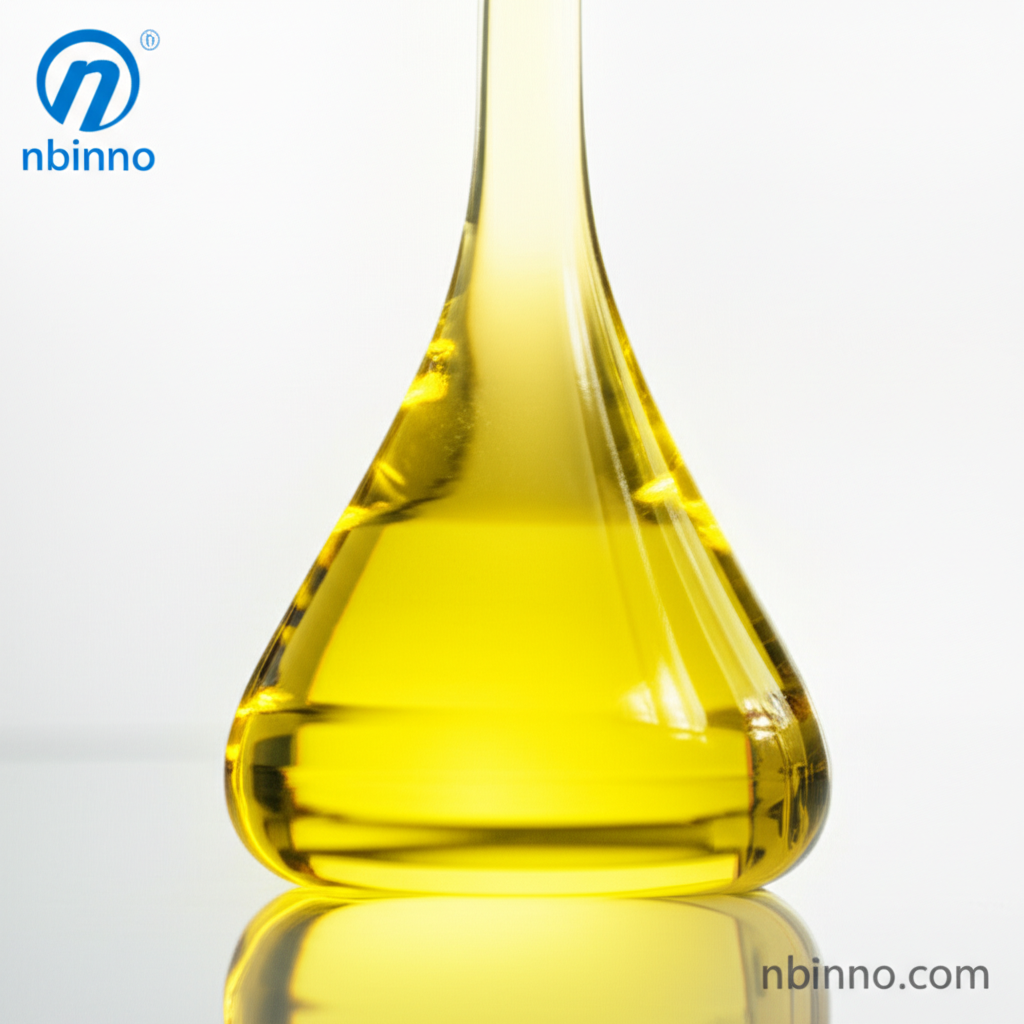Polyethylene Glycol Monooleate: A Versatile Non-ionic Surfactant for Diverse Industrial Applications
Discover the multifaceted benefits of Polyethylene Glycol Monooleate as a key ingredient across numerous industries.
Get a Quote & SampleProduct Core Values

Polyethylene Glycol Monooleate
Polyethylene Glycol Monooleate (PEGMO) is a synthetic nonionic surfactant derived from the esterification of Polyethylene Glycol with Oleic Acid. Its amphiphilic nature, combining hydrophilic PEG chains and a lipophilic oleic acid group, makes it an exceptional emulsifier, crucial for stabilizing oil-in-water emulsions.
- As an effective emulsifier for oil-in-water systems, PEGMO finds extensive use in cosmetics and the food industry.
- In the pharmaceutical field, PEGMO serves as a valuable solvent, enhancing drug solubility and bioavailability.
- The stabilizer role of PEGMO in food products helps maintain texture and extend shelf life, contributing to product quality.
- Leveraging its properties as a release retardant in pharmaceutical preparations allows for controlled drug delivery, improving therapeutic outcomes.
Key Advantages of Polyethylene Glycol Monooleate
Excellent Biocompatibility
PEGMO demonstrates good compatibility with biological tissues, making it a preferred choice for products designed for human contact, such as high-quality cosmetics and advanced pharmaceutical formulations.
Mild and Safe Formulation
With its low skin irritation potential, PEGMO is suitable for sensitive skin types, and it is considered a safe ingredient when used within recommended concentrations, aligning with strict industry safety standards.
Cost-Effectiveness and Ease of Processing
As a synthetic surfactant, PEGMO offers a relatively low production cost, making it economically efficient. Its ease of mixing with other components facilitates seamless integration into various product manufacturing processes.
Key Applications
Pharmaceuticals
Utilized as a solvent to improve drug solubility and bioavailability, and as a release retardant for controlled drug delivery systems.
Cosmetics
Functions as an emulsifier, stabilizer, and emollient in skincare products, lotions, and creams due to its mildness and biocompatibility.
Food Processing
Acts as a stabilizer to maintain food texture and extend shelf life, contributing to the overall quality and appeal of processed food items.
Industrial Cleaning
Employed as a component in cleaning formulations due to its surfactant properties, aiding in the emulsification and removal of oils and greases.
